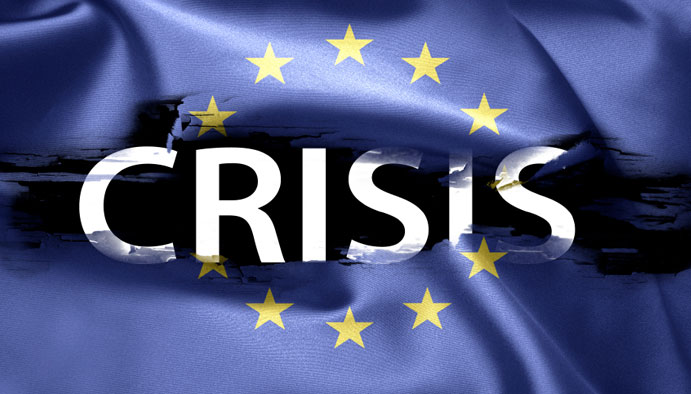Around the WebMedia
Around the Web: A Grand Tour of the Crisis in Europe

From the New York Times..
The collapse of the Soviet Empire left Europe more united than ever before. Most of its countries shared a political (democratic) and economic (capitalist) system; Germany and Russia — the great powers that had caused so much instability in the past — were no longer threats, and the European Union was on the verge of incorporating much of Eastern Europe and creating a single currency. At the end of the 20th century, the view that a “united Europe” was on its way to becoming “the next global superpower,” and the West was at the dawn of a new golden era, was widespread.
Could history prove itself any more unpredictable? Today, there are growing fears that Europe and the West have entered a period of terminal decline. How did we get from there to here? How did the unified, peaceful Europe of the late 20th century turn into the fractured, discordant continent of the early 21st?
William Drozdiak, a former editor and chief European correspondent for The Washington Post, has written a book examining the current crisis from the vantage point of various European capitals — providing a colorful narrative of how it is being experienced differently in each place.
From Berlin, the international aspects of the crisis appear front and center. Drozdiak finds in Germany a reluctant hegemon, unsure how to repair the postwar liberal international order now so disdained by the Trump administration. In Riga, Drozdiak discovers Europe’s increasingly precarious security situation. Russia threatens countries on Europe’s periphery and the conflicts in Syria, Libya and elsewhere are spilling over into its borders. Whether Europe can protect itself — again particularly with the Trump administration’s ambivalence about NATO — is an open question.





